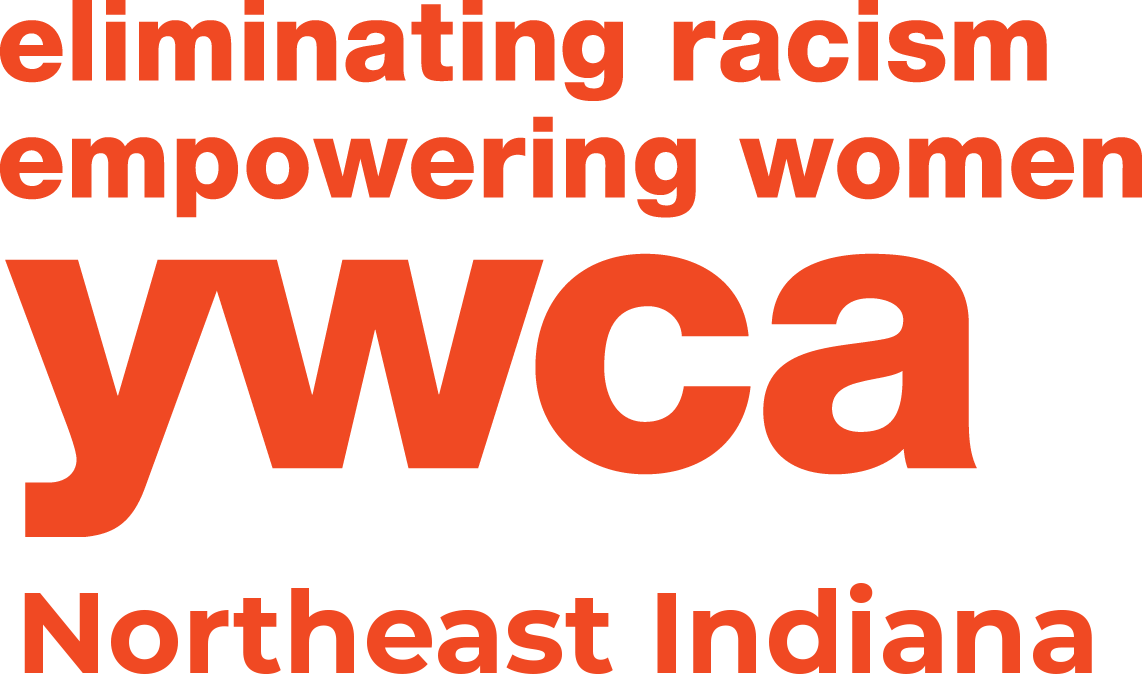Sex trafficking has become a hot topic recently on social media and communication platforms. This national attention has been great at starting important conversations but also has spread a plethora of false information on how sex trafficking occurs and who it affects. Today’s Racial Justice 101 blog is going to focus on debunking some of these myths and refocusing the conversation on how the Black community is disproportionately targeted and affected by sex trafficking and related sexual offenses and crimes.
First things first: what is sex trafficking? In 2000 under the Clinton Administration, the United States Congress passed the Trafficking Victims Protection Act (TVPA), which provided the first official federal definition of what constitutes sex trafficking and labor trafficking. This has been revised multiple times and today is defined as follows: “Sex trafficking is the recruitment, harboring, transportation, provision, obtaining, patronizing, or soliciting of a person for the purposes of a commercial sex act, in which the commercial sex act is induced by force, fraud, or coercion, or in which the person induced to perform such an act has not attained 18 years of age.” (22 USC § 7102).
Currently, media frequently portrays sex trafficking as a young girl being kidnapped off the streets never to be seen again. While this is a portion of sex trafficking, it’s a much smaller portion than we are led to believe. The top two recruitment tactics in the United States, according to the Polaris Project, are intimate partners/marriage proposition and familial connections. Many times survivors of sex trafficking will refer to their trafficker as their boyfriend/girlfriend or husband/wife. Frequently they don’t think of their partners in trafficking terms. The numbers also indicate the marriage propositions are frequently childhood marriage propositions, meaning one of the people entering into the marriage is under the age of 18.
The second recruitment tactic, familial connection, means it’s someone in the own survivor’s family trafficking them. For example, it could be a parent, sibling, grandparent etc. When these recruitment tactics are combined with the top risk factors for being trafficked—which are substance use, runaway homeless youth, recent migration/relocation, unstable housing, and mental health issues—the face of sex trafficking starts to look very different than social media platforms would currently lead you to believe.
So, what does this have to do with racial justice? The Indiana Trafficking Victims Assistance Program (ITVAP) since its beginning in 2015 has worked with over 750 trafficked youth. Out of the 750 youth, 33.22% identified as Black/African-American, while the Black community only accounts for 11% of the state’s population. (Bow and Kimmer, 2020, p. 215) This statistic alone demonstrates how disproportionately the Black community is fetishized and trafficked.
In addition, traffickers have readily admitted they prefer to traffic Black women and girls over white: “In an interview with the Urban Institute, traffickers admittedly believe trafficking Black women would land them less jail time than trafficking white women if caught” (Davey, 2020). And who is the demand for this work coming from? “Research conducted in 2012 showed that around 85% of those who bought sex on the internet were White men” (Davey, 2020). The demand for the business comes from majority white men who hypersexualize Black women/girls and the traffickers or suppliers who prefer Black women/girls for fear of prosecution. Black women/girls also face higher rates of poverty, making them more likely to be groomed and trafficked. “The disproportionate victimization of Black women and girls within sex trafficking is evidence of institutional racism; combined with misleading portrayals of trafficking on social media, sex trafficking remains a significant issue for the Black community and Indiana in general.”
Take Action
There are many ways you can help change the narrative!
- Generate educational discussions in person or online about sex trafficking when you see or hear false ideas and claims about this topic.
- Dive deeper into the issue on you own; this blog is only scratching the surface on issues related to sex trafficking and racial disparities within sex trafficking. Here are some resources to check out:
- YWCA NEIN’s Sexual Assault Awareness Month landing page: ywcanein.com/sexual-assault-awareness-month
- Free Cyntoia: My Search for Redemption in the American Prison System (Book by Cyntoia Brown)
- Support organizations and initiatives trying to change the way survivors of sex trafficking are perceived, prosecuted, and jailed.
References
Bow, M., & Kimmer, K. (2020). Chapter 10: Domestic Minor Sex Trafficking, Why Decriminalization of Juvenile Prostitution Remains Unsuccessful in the United States. In PUNISHING GENDER PAST AND PRESENT: Examining the criminal justice system. S.l.: COGNELLA ACADEMIC PUBLISH.
Davey, S. (2020). Snapshot on the State of Black Women and Girls: Sex Trafficking in the U.S. Retrieved from https://www.cbcfinc.org/wp-con…
Federal law. (2020). Retrieved from https://humantraffickinghotlin…
2019 Data Report. (n.d.). Retrieved from https://polarisproject.org/wp-…
